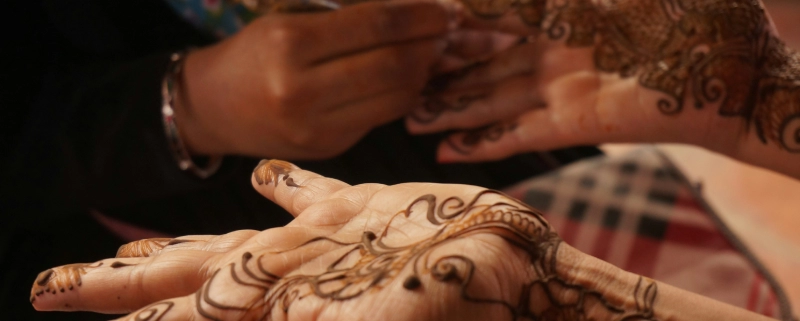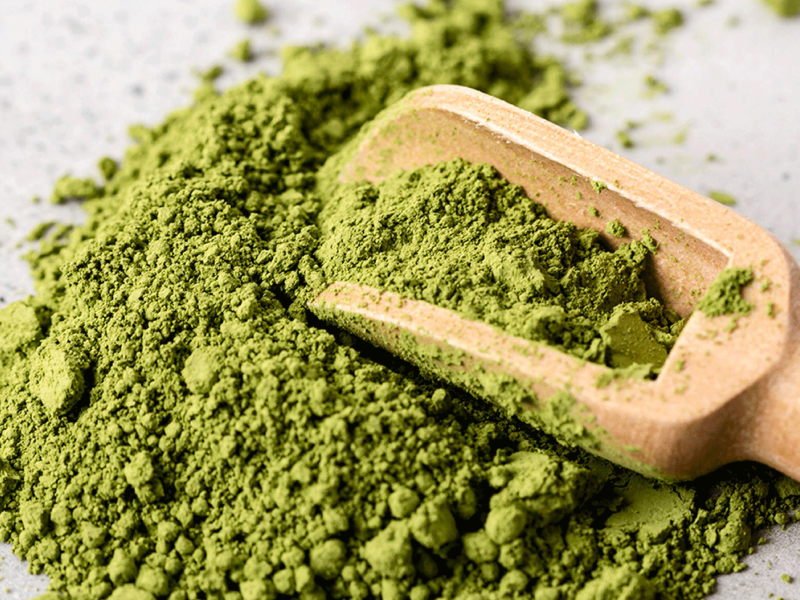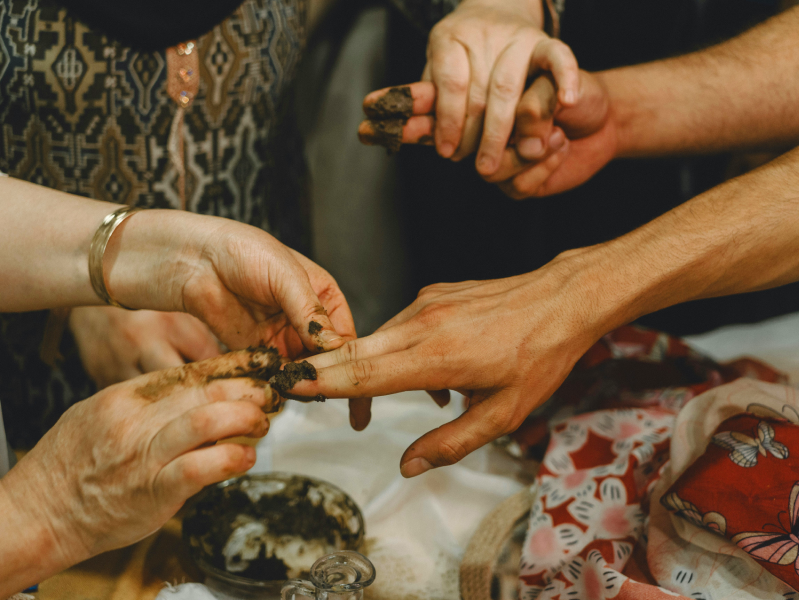What Is Henna? (History, Benefits, Facts, Henna in Iran)
The Art of Henna Designs is widely used in different regions in Asia. It is one of the most popular forms of tattoo & designs that is used in South Asian countries, Africa, and the Middle East. Mehndi, also known as the Art of Henna, has a long history and is famous for its surreal beauty. Moreover, Henna is used in many other things, such as hair dye, known as hair Henna, silk & wood industry, healing skin, and decorating skin, etc. In this article, we will learn more about this beautiful form of art.
Tattoo Henna
Tattoo Henna, also known as Mehndi, is a beautiful form of art that includes the use of a paste made from the leaves of the Henna plant and is totally natural. Derived from the Henna plant, Tattoo Henna has been used for centuries in various countries and different cultures, and today, Tattoo Henna is very significant even among Western communities.
The art of Mehndi is used in everyday life, and some countries use Henna designs in ceremonies and festivals. Mehndi tattoos are mostly temporary, and they also have health benefits too. Unlike tattoos with needles, tattoo Henna is ideal for healing and enhancing the color of skin.
Henna in Iran
Henna in Iran has a great place, especially among southern provinces, and it has a distinct and unique style that belongs to the people of Iran and shapes their culture. Henna in Iran is used for ceremonies and celebrations. You can see Henna designs in women, especially on wedding occasions, as it is part of their culture.
Henna designs are applied to hands and feet as a decorative way to create a surreal beauty for women. For example, during weddings, the bride usually receives Henna designs on her hands to symbolize beauty and good fortune. Moreover, Henna is also used in mourning rituals in some parts of Iran.
Henna Powder
Henna powder is the ground form of the leaves of the Henna plant, and it is the primary ingredient used to make Henna paste for body art, hair dying, and other uses. Henna powder has been a great item with high significance for centuries in many cultures around the world for its natural dyeing benefits. The process of making Henna starts when Henna leaves are harvested, dried, and pulverized.
Eventually, they form a greenish-brown powder. This powder contains natural pigments called lawsone molecules, which can stain the skin or bind with hair keratin.
Henna Designs
Henna designs are very popular for their lovely patterns and unique colors. Henna designs are usually detailed. They include elaborate patterns such as geometric shapes, swirls, dots, and fine lines. The design with Henna needs a lot of focus and precision to result in a mesmerizing visual appeal. Along with a unique beauty, Henna designs also have the ability to reflect cultural traditions and beliefs.
The inspirations from nature, such as flowers, leaves, vines, and peacocks, not only add beauty but also incorporate the natural elements around an environment. Interestingly, Henna designs are temporary, and the Henna stains gradually fade over time.
Hair Henna
One of the uses of Henna is for dying hair, and it’s a great material since it is made from natural plants compared to chemical hair dyes. Hair Henna involves using Henna powder and is free from synthetic chemicals.
Hair Henna gives a vibrant reddish-brown color to hair and makes the hair very beautiful. Of course, the color can depend on a variety of factors. However, the quality of Henna powder is amazing. Henna also includes natural conditioning properties that can improve the overall health of the hair strengthen the strands and reduce the frizz.
Hana Bandan
Hana Bandan is an Iranian wedding tradition that is deeply connected with Henna. It is a kind of pre-wedding tradition and takes place in the bride’s house. This tradition includes applying Henna to the hands and feet of the bride and in some sub-cultures, the groom.
Hana Bandan is widely popular among Iranian weddings, especially in the southern part of Iran. It is a symbol of good fortune and a lifetime of joy.
Mehndi Facts
The art of Mehndi dates back thousands of years and has origins from Egypt, India, and the Middle East.
Mehndi has symbolic uses and values. It is used in various festivals and celebrations and adds joy and beauty.
Mehndi has a reddish-brown stain, which is considered a unique color and is temporary.
Mehndi is known to have a cooling effect on the body. In hot climates, the application of Mehndi on the palms and soles provides a refreshing sensation and helps to lower body temperature.
Mehndi designs can vary across different regions and cultures, with each country having a unique style and design. For example, Indian Mehndi has a lot of differences compared to Henna in Iran.
Mehndi History
Henna’s roots can be found in ancient Egypt, where it was adorned by both men and women. It was also used in the Middle East for body adornment and cooling effects. In India, Mehndi became integral to weddings and festivals, evolving into intricate patterns with cultural symbolism.
Later on, Islamic influence during the Middle Ages popularized Mehndi in North Africa and parts of the Middle East, and it was associated with weddings and religious events. Through cultural exchanges, Mehndi spread to Southeast Asia and became a tradition. In the modern days, Mehndi is a popular form of art that is praised for its beauty.
Mehndi in Other Countries
While Mehndi is believed to be derived from South Asia, it is used in various countries across the globe. India is one of the countries where Mehndi is widely known and popular among its people. Middle Eastern countries, including Saudi Arabia, UAE, Qatar, Bahrain, and Iran, take pride in their Henna designs, and Henna is one of the prominent items of the ceremonies that are held in these countries.
Mehndi is also used in both North Africa and South Africa and has a strong presence in countries like Morocco, Egypt, Tunisia, Nigeria, Senegal, and Ghana. Southeast Asia is also known for its use of Henna in countries like Pakistan, Indonesia, and Bangladesh. Additionally, Mehndi has gained popularity also in Western Countries.
Henna’s Benefits
Henna can be used for different purposes and fortunately, it does have several benefits. Natural conditioning and enhancing the hair is one of the benefits of Mehndi if you use it on your hair. Henna also has cooling effects on the skin if it is used on the body, and the color of Mehndi is completely natural, and there aren’t any chemical products included.
Henna is a natural sunblock and can also be used for medical purposes as an antifungal and antibacterial item. The earthy scent of Mehndi is also ideal for aromatherapy as it is relaxing and joyful.
Final Words
The art of coloring and decorating skin, known as Mehndi in India and Henna in Arabic culture, is a surreal and amazing form of art that belongs to diverse countries. Henna powder has been an integral part of many cultures and a popular choice for those who want to try something different, decorate their skins, or just heal and protect their skins.
Henna in Iran is also quite popular, especially in southern provinces. It is used in ceremonies and festivals and is considered a great way to protect the skin from the rays of the sun.
Are you planning to travel to Iran and looking for an Iran travel agency? Check out our Iran tours.









Leave a Reply
Want to join the discussion?Feel free to contribute!